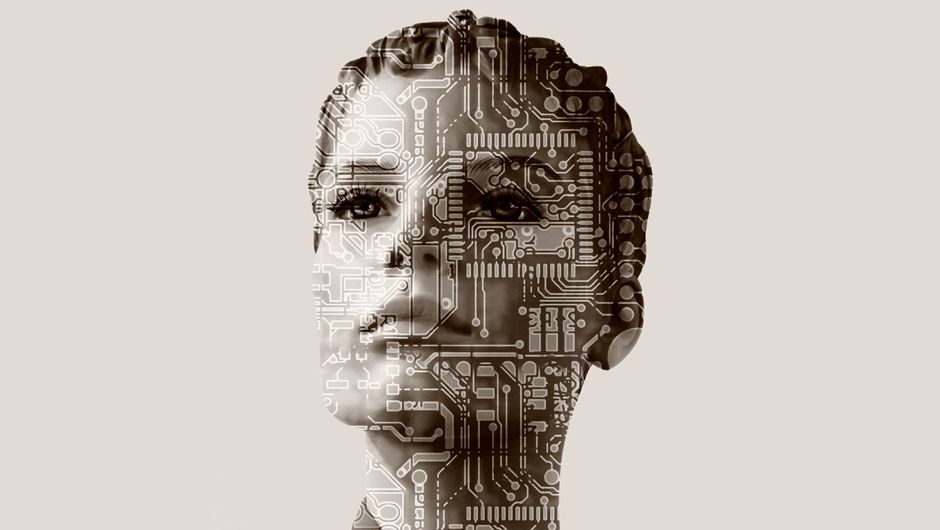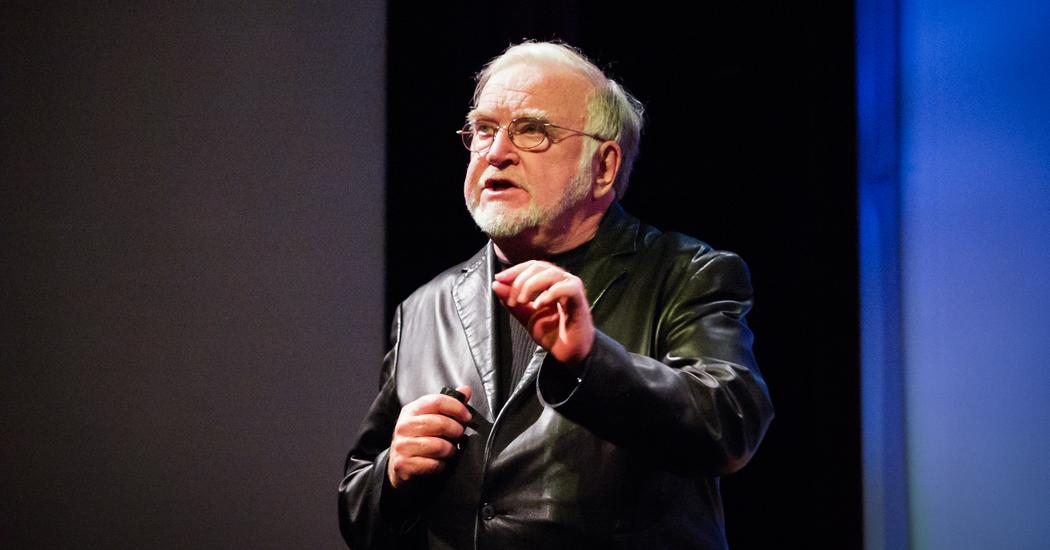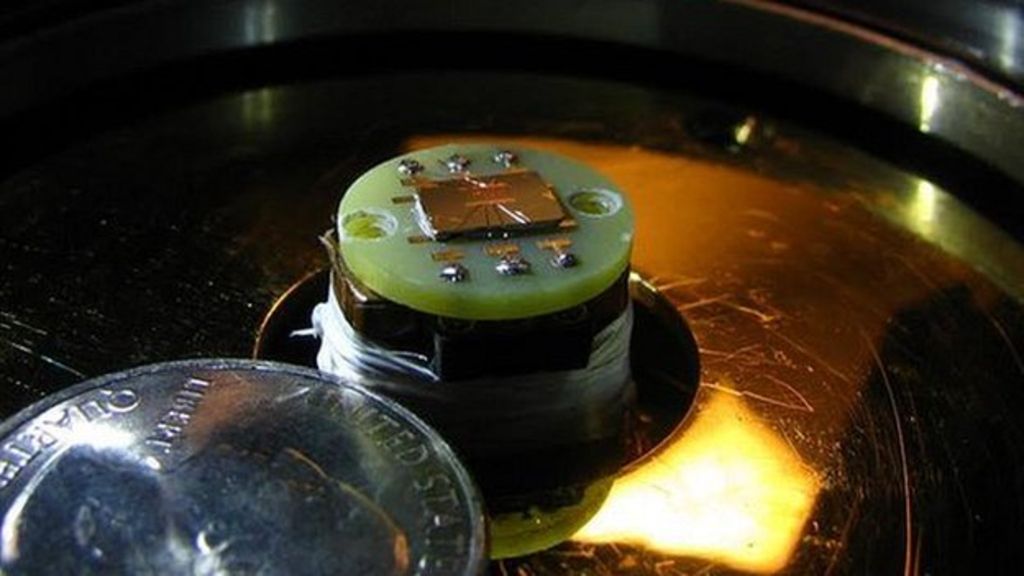Page 11472
Jul 27, 2015
Telepathy technology is coming – are you scared? — Rhodri Marsden, The Guardian
Posted by Seb in categories: Mark Zuckerberg, neuroscience, telepathy
Advances in the field of artificial intelligence are invariably greeted with concern about an imminent robot uprising. Similarly, when we hear about developments in the field of brain-to-brain communication, we imagine any number of outlandish scenarios: perhaps a government marching us unquestioningly into battle via a process of insidious mind control, or an erotic thought we had about a work colleague being unwittingly transmitted to our partner.
When Facebook’s CEO, Mark Zuckerberg, announced this week during one of his regular Q&A sessions that Facebook is working in the field of thought transmission, we found ourselves momentarily transported to a horrific telepathic future. “You’ll just be able to think of something and your friends will immediately be able to experience it too,” he said, as people thought to themselves “under no circumstances do I want anyone to know the dark, unsettling images that flash through my mind on an hourly basis”. We are troubled by that vision. But it’s only a vision. Read more
Jul 27, 2015
Google’s Artificial Intelligence Speaks, and She’s a Woman
Posted by Sean Cusack in category: robotics/AI
Stephen Hawking would say the development of artificial intelligence (AI) will end humanity, but there are those who would disagree — Google is one of them.
Jul 27, 2015
Why Generation Z will definitely embrace Bitcoin
Posted by Maria Santos in categories: bitcoin, cryptocurrencies, economics, education, innovation
Can you picture a world without physical money? A world where we don’t have to carry bills and coins in our pockets and wallets? Generation Z can.
(more…)
Mihaly Csikszentmihalyi asks, “What makes a life worth living?” Noting that money cannot make us happy, he looks to those who find pleasure and lasting satisfaction in activities that bring about a state of “flow.”
Jul 26, 2015
Children With Prosthetics Could Soon Be Creating Their Own Lego Attachments
Posted by Albert Sanchez in categories: biotech/medical, cyborgs
Imagine being able to snap a mechanical digger or a Star Wars spaceship onto the end of your arm. With the next level of prosthetic designs from Lego, this could soon be a playtime reality for kids with prosthetic limbs.
Jul 26, 2015
Intelsat to FCC: For the love of satellites, STOP ELON MUSK! — Neil McAllister, The Register
Posted by Seb in categories: Elon Musk, satellites

Elon Musk wants to use his commercial SpaceX rockets to put satellites into orbit that will bring broadband to the next billion, but one of SpaceX’s own customers has thrown a wrench into the works.
Musk’s plan involves encircling the globe with a few thousand high-capacity, low-latency satellites that the Tesla Motors boss says should be able to deliver broadband internet at speeds comparable to optical fibre. Read more
Jul 26, 2015
SpaceX ‘Complacent’ Before Rocket Explosion, Elon Musk Says — by Mike Wall, Space.com
Posted by Seb in categories: Elon Musk, space travel

The explosion of a SpaceX rocket during a space station resupply mission last month jolted the company awake in some ways, CEO and founder Elon Musk said.
Prior to the June 28 Falcon 9 rocket explosion — which ended the company’s seventh robotic cargo mission to the International Space Station less than 3 minutes after it blasted off — SpaceX had enjoyed a string of 20 straight successful launches over a seven-year stretch. Read more
Jul 26, 2015
Theory, practice, and fighting for terminal time: How computer science education has changed — Josh Fruhlinger | IT World
Posted by Seb in categories: computing, education

“The practical needs of both students and employers have given rise to a whole category of computer science education under the aegis of schools that aren’t colleges at all. These ‘code schools’ are aimed at eschewing theory and giving students practical skills in a short amount of time.” Read more
Engineers and physicists have discovered a property of silicon which could aid the development of faster computers.














